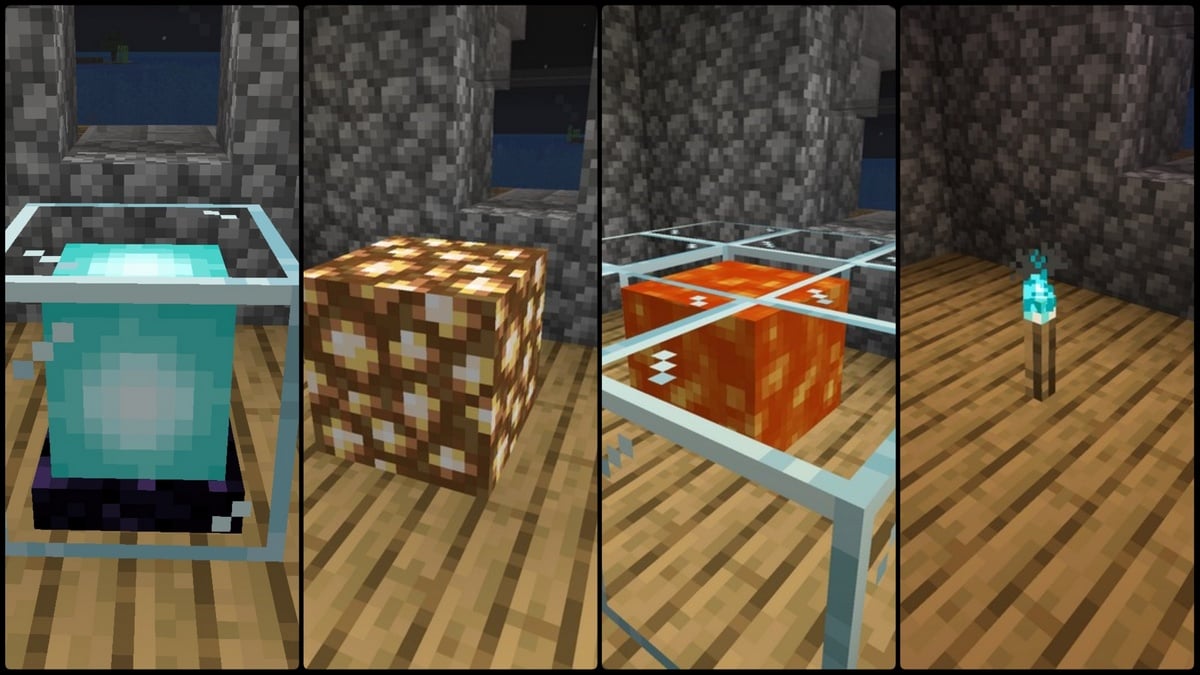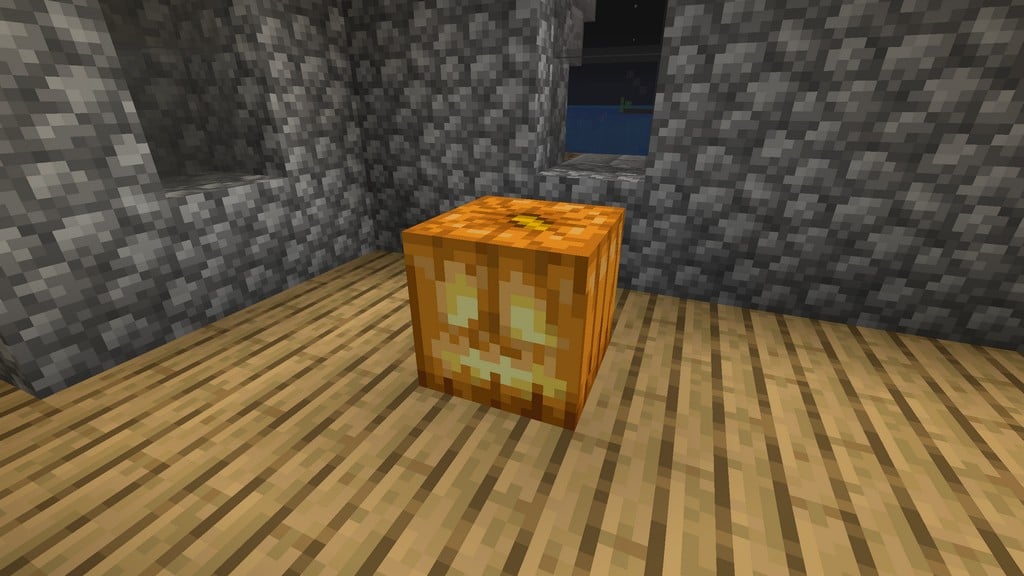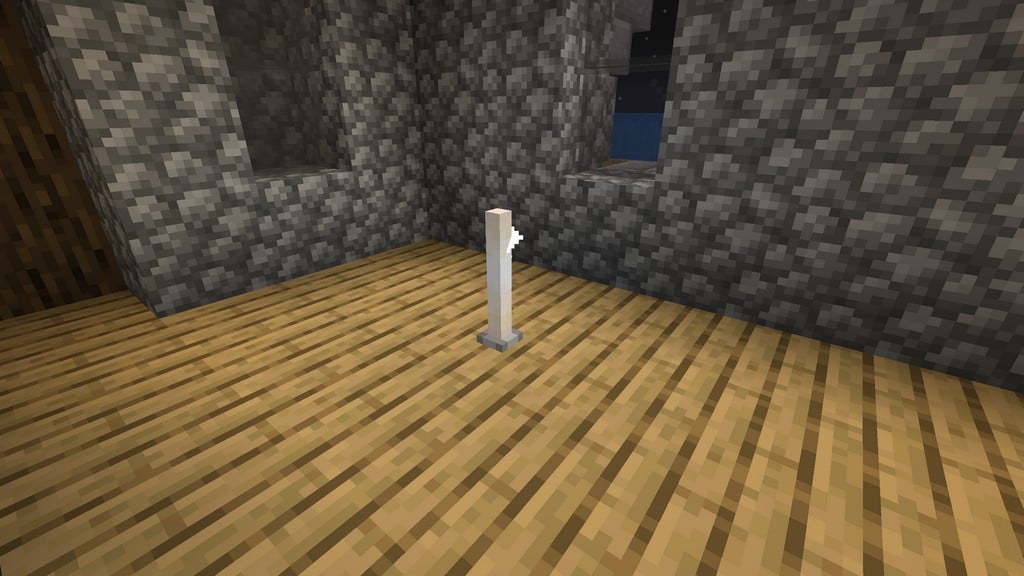15 Brightest Light Sources in Minecraft (& How To Get Them)

If you’re playing Minecraft in survival mode, you are aware that light is everything. Light makes your crops thrive, and it keeps the aggressive mobs away (for the most part.) Light levels affect whether hostile mobs (such as zombies, skeletons, and creepers) can spawn. Placing light sources in and around your base can help prevent these mobs from appearing and attacking you. But, even though plenty of light sources exist in the game, not all emit the same light levels, and not all are created equal. Let’s see what the brightest light sources in Minecraft are and how to get them.
Editor’s Note: This post was updated in November 2023 and includes the latest additions to the game, such as Froglight. It also includes only items and objects that you would realistically use as a light source in Minecraft omitting portals and similar objects.
1. Beacon

Beacons are not a conventional light source; at least, if you’re struggling to get and activate one, you will find them better suited for the original aquatic purpose. A Beacon emits a light level of 15, making it effective at preventing mob spawns and providing ample illumination. Beacons are also pretty to look like, and you can change their color. But there’s a massive downside to all of that.
Creating a Beacon requires rare materials like Nether Stars, which are obtained by defeating the Wither boss, making it a significant investment. The beneficial effects of a Beacon, including the light it emits, are limited to its pyramid’s range, requiring careful placement for optimal coverage.
2. Glowstone

Glowstone emits a light level of 15, which makes it among the brightest sources of light in the game. It also has a unique appearance, adding a decorative element to buildings and landscapes. Unlike some other light sources, Glowstone can be harvested and collected, which allows players to get a perfect light source with next to no initial investment in the materials.
However, obtaining Glowstone requires traveling to the Nether, which makes it challenging to get it at the earlier stages of the game. Glowstone also cannot be waterlogged, which means it’s not suitable for underwater lighting.
3. Sea Lantern

Sea Lanterns, just like beacons, are something that you will most likely come across while exploring underwater, but having a light level of 15 also makes them valuable as light sources on the surface as well. Sea lanterns have a visually appealing and unique texture, making them pretty to look at.
Crafting sea lanterns requires prismarine shards and crystals, which can be obtained from ocean monuments, making it a moderately resource-intensive process and this is pretty much the only negative thing about them.
4. Redstone Lamp

Activated Redstone Lamps emit a light level of 15, like most of our top-tier light sources. Redstone lamps can be easily controlled using redstone signals, allowing players to toggle their light on and off or adjust brightness based on specific needs. They are craftable using glowstone and redstone dust, making them accessible and renewable.
One major downside of having a Redstone Lamp is the fact that it depends on Redstone mechanism, which can be complicated to create. Also If the redstone circuit powering the lamp is disrupted or disabled, the lamp will not function, potentially leaving an area dark.
5. Jack o’ Lantern

Jack o’ Lanterns are surprisingly powerful light sources. They are easily harvestable and can be obtained by combining a pumpkin with a torch, making them a renewable light source. The jack o’ lantern has a classic and recognizable appearance, but it might not fit all aesthetics. Similar to other solid light sources, jack-o’ lanterns do not melt ice or snow, making them suitable for lighting in cold biomes.
6. Lava

Lava is a highly controversial light source, even though it’s among the brightest. But despite all the negative sides, there are a few reasons why you would want lava to illuminate your house. Lava source blocks are essentially infinite, making them a nearly limitless light source if carefully managed. Lava has a dynamic and visually appealing appearance and can be implemented perfectly in various builds. Lava can be used for both lighting and as a defensive mechanism, damaging and deterring hostile mobs and players.
On the other hand, Lava is inherently hazardous and can cause damage to players and mobs upon contact. It can also destroy items that fall into it and requires careful placement to avoid unintended consequences, such as unintentional fires or damage to structures. While lava is abundant in the game, creating a controlled and infinite lava source may require significant resource investment and planning.
7. Shroomlight

Shroomlights emit a light level of 15. Similar to other solid light sources, shroomlights do not melt ice or snow, making them suitable for lighting in cold biomes. Access to the Nether is required to harvest “Shroomlights,” however, the investment is worth it, and there’s also a possibility of growing your own.
8. Froglight

Froglights emit a light level of 15. They are a relatively new addition to the game and not all players are aware of that option. Froglights are created when a frog eats a tiny magma cube, which makes them difficult to obtain unless the right circumstances happen.
Froglights are also visually pleasing, and they come in three colors: Pearlescent, verdant, and ochre. They can be mined with any tool.
9. Lantern

Lanterns can be hung from ceilings or placed on walls, offering versatile placement options for both functional lighting and decorative purposes. They are craftable using a combination of iron nuggets and a torch, making them easily accessible and renewable. They don’t really have any cons, except for the fact that they are harder to craft than regular torches.
10. End Rod

End rods emit a light level of 14, providing strong illumination and preventing mob spawns in their vicinity. They can be placed in various orientations, allowing for creative and decorative lighting designs. End Rods are craftable using blaze rods and popped chorus fruit, making them accessible and renewable.
Despite them being strong and convenient, there are a few downsides to using them as a light source. Crafting end rods requires blaze rods, which may be considered a valuable resource, especially in the early game. Access to the End, where blaze rods and popped chorus fruit are obtained, is typically a late-game activity, limiting early-game access to end rods.
11. Torch

Ah, a simple torch. Torches are one of the most readily available light sources in Minecraft, crafted with a stick and a piece of coal or charcoal. They can be placed on various surfaces, including walls, floors, and ceilings, providing versatile lighting options. Crafting torches requires relatively common materials, making them a cost-effective light source.
And even though they are generally everyone’s first choice when it comes to illumination, torches have a burnout mechanic, meaning they will eventually extinguish if not placed in the correct environment or if exposed to rain.
12. Furnaces and Smoker

Both types of furnaces and a smoker emit a steady light as long as they are on and burning something. They are convenient as a light source if you plan on limiting their use only in spaces where you would usually work on either cooking or smelting.
However, there is one obvious negative side to it. To maintain the light, furnaces require fuel, which can be a drawback if fuel resources are limited.
13. Crying Obsidian

Crying obsidian emits a light level of 10, which is not ideal, but it’s somewhere in the middle when it comes to usefulness. It has a unique appearance with a blue shimmer, making it suitable for decorative purposes in buildings and landscapes. Crying obsidian can be obtained through bartering with piglins, providing a renewable source of this material.
While the light level is decent, it’s not as high as some other light sources, so careful placement may be needed for optimal illumination. Access to the Nether is required to obtain crying obsidian, making it less accessible in the early game.
14. Soul Lantern

Soul lanterns emit a light level of 10, providing decent illumination and preventing mob spawns in their vicinity. They have a unique and mystical appearance with a blue flame, making them suitable for various building styles, especially in fantasy or spooky-themed environments. Similar to crying obsidian, soul lanterns do not have a burnout mechanism, meaning they remain lit consistently.
Crafting soul lanterns requires soul torches, which in turn require soul soil or soul sand and sticks, making them somewhat resource-intensive. They do look good, but the initial investment might not be worth it.
15. Soul Torches

Soul torches, like Soul Lanterns, emit a light level of 10 and also have a unique appearance. They can be crafted using soul sand or soul soil and sticks, providing a renewable source of light source. Crafting soul torches requires either soul soil or soul sand, both of which are obtained in the Nether, making them somewhat resource-intensive.
Have something to add? Let us know in the comments below!

